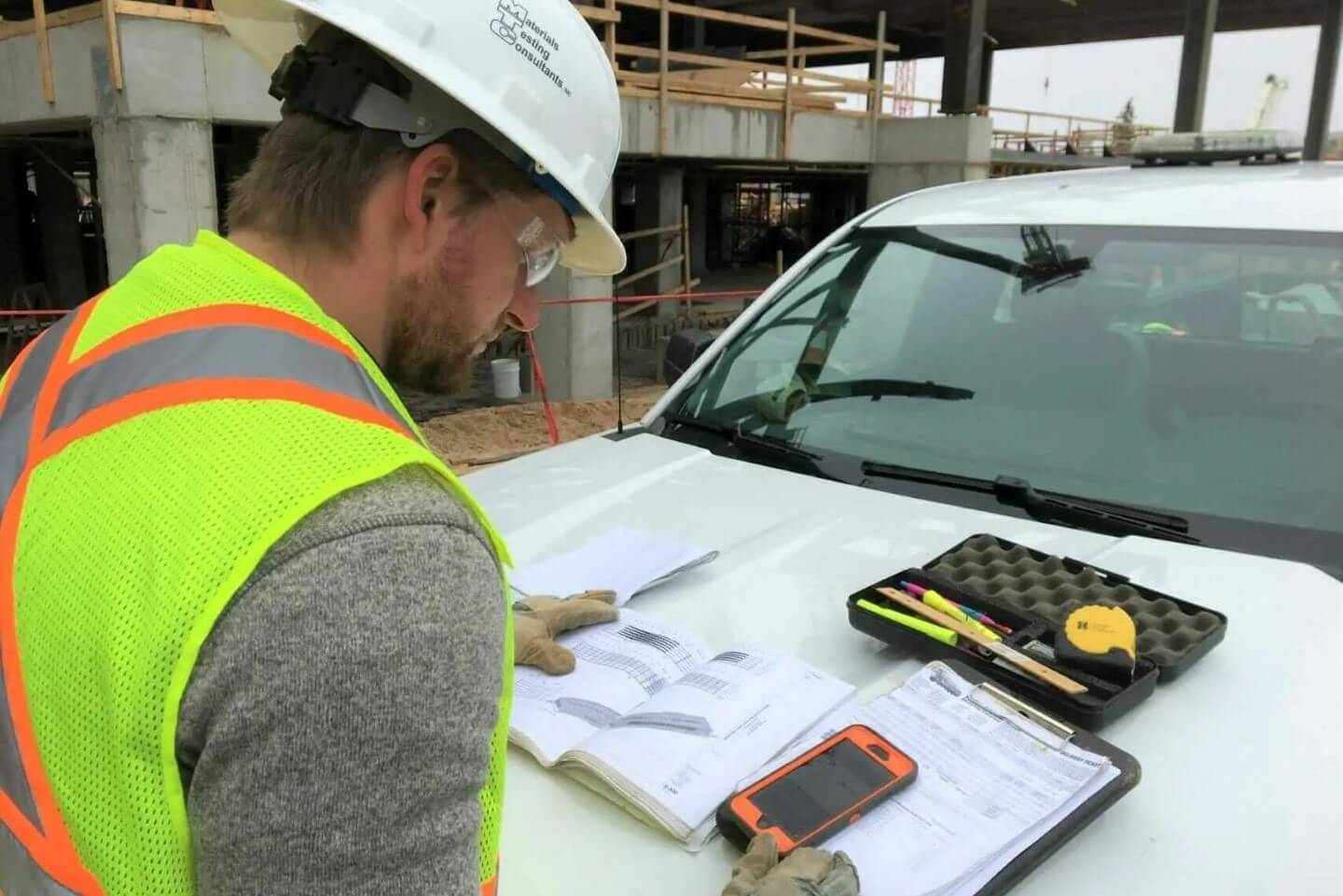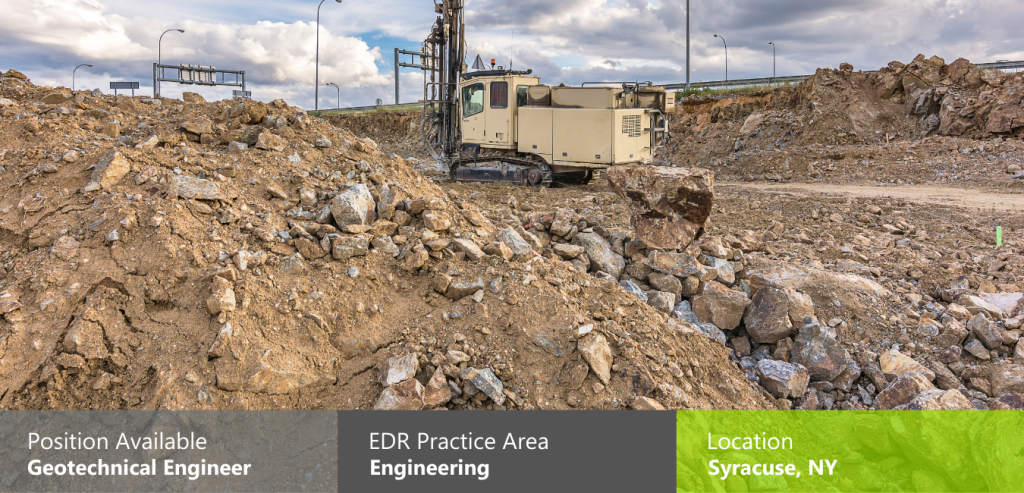Geotechnical Engineering Companies in South Africa: Leading Experts in Dirt and Foundation Analysis
Geotechnical Engineering Companies in South Africa: Leading Experts in Dirt and Foundation Analysis
Blog Article
How Consulting Civil Design Firms Contribute to Effective Job Monitoring and Design Implementation
Consulting civil engineering firms are indispensable to the success of construction projects, merging technical proficiency with critical oversight. By concentrating on style optimization and threat reduction, these firms make certain that jobs are not only sensible but additionally sustainable and affordable.
Function of Civil Engineers
Recognizing the function of civil designers is vital for the effective management of building projects. Civil engineers function as the backbone of facilities growth, making sure that tasks are developed and implemented to satisfy security, capability, and sustainability criteria. Their expertise includes various elements of design, consisting of structural, environmental, and geotechnical specialties.
Civil designers are liable for conducting feasibility studies, which examine the feasibility of proposed projects by assessing financial, technological, and ecological elements. They develop detailed plans and specifications, incorporating ingenious services to optimize materials and resources. Throughout the building and construction stage, civil engineers supervise the job, collaborating with designers, stakeholders, and contractors to guarantee adherence to make specifications and regulatory needs.

Task Preparation Strategies
Effective project planning strategies are important for making sure that building and construction tasks are implemented efficiently and successfully. Consulting civil design companies play an essential function in this process by employing comprehensive planning approaches that resolve numerous job stages. At first, a comprehensive evaluation of project extent and customer requirements is conducted, permitting the recognition of crucial milestones and deliverables.
In addition, these companies make use of tools such as Gantt charts and task administration software application to create thorough timelines, making it possible for efficient scheduling of jobs and resource allotment. This organized strategy aids to prepare for prospective traffic jams and designate required resources proactively. Danger management is an additional crucial component; companies conduct threat evaluations to recognize possible issues that can occur throughout the job's lifecycle, implementing mitigation strategies to lessen disruptions.
Additionally, stakeholder involvement is highlighted throughout the preparation phase. Normal communication with clients, contractors, and neighborhood authorities makes certain that all events are lined up with project goals and timelines. By incorporating these strategies, seeking advice from civil design firms boost the chance of job success, making certain adherence to budget restrictions and regulatory demands while fostering a collaborative setting.
Style Optimization Strategies
Design optimization techniques are important for improving the performance and sustainability of civil design tasks. These techniques include the systematic examination of style parameters to attain the ideal possible outcomes while lessening expenses and resource usage. By using sophisticated computational tools and algorithms, designers can examine various design choices and pick the most effective options based upon certain project requirements.
One commonly used approach is parametric design, which allows for the adjustment of style variables to observe their effect on overall project efficiency. This repetitive process results in innovative services that not only fulfill useful demands but also follow ecological standards. Additionally, methods such as worth design concentrate on enhancing job aspects to make best use of worth while decreasing unnecessary prices.
Additionally, the combination of Structure Info Modeling (BIM) promotes much better partnership amongst stakeholders, making it possible for real-time modifications and improvements to styles. This holistic view fosters a detailed understanding of the job, resulting in educated decision-making. Inevitably, effective style optimization techniques lead to enhanced task timelines, decreased waste, and boosted architectural performance, adding to the general success of civil engineering undertakings.
Risk Management Strategies
Risk management techniques are vital in making sure the successful shipment of civil design projects, as they assist recognize, evaluate, and minimize potential hazards that can impact task outcomes. Efficient danger administration is a systematic process that entails the recognition of dangers, examination of their likelihood and impact, and the development of techniques to address them.
Consulting civil design companies generally utilize a mix of qualitative and measurable threat assessment techniques (geotechnical engineering companies in south africa). Qualitative techniques, such as conceptualizing sessions and experienced meetings, help gather insights on potential dangers from different stakeholders. On the other hand, measurable techniques include analytical evaluation and modeling to determine the possibility and possible effect of identified dangers
As soon as threats are evaluated, companies apply mitigation techniques, Going Here which may include threat evasion, approval, transfer, or decrease. This could involve redesigning project elements to remove risks or protecting insurance coverage to balance out possible economic losses. Continuous tracking and evaluation of risks throughout the project lifecycle are additionally necessary, permitting for timely changes to risk administration techniques as new hazards emerge.
Collaborative Interaction Practices
Enhancing project results via joint interaction methods is vital for speaking with civil engineering companies. Effective interaction fosters a society of transparency and count on amongst stakeholders, which is crucial for the successful implementation of engineering projects. By carrying out structured interaction channels, companies can guarantee that all events-- clients, service providers, and group members-- are straightened on project timelines, goals, and deliverables.
Regular meetings, both official and informal, assist in the exchange of ideas and comments, enabling real-time analytical and decision-making. Making use of collaborative devices such as task administration software motivates documents and tracking of development, while making it possible for instant accessibility to essential info.
In addition, energetic listening and open dialogue are essential components in a collaborative setting. By valuing diverse perspectives, firms can innovate and adapt layouts that satisfy both technical requirements and customer assumptions. Additionally, fostering a team-oriented ambience reduces misunderstandings and boosts the general top quality of job.

Final Thought
In verdict, consulting civil design firms are integral to successful project management and design application. By employing calculated preparation, layout optimization, and effective threat monitoring, these companies improve task efficiency and sustainability. Their dedication to collective communication additionally makes sure stakeholder positioning and cultivates a participating environment. Inevitably, the experience and methods made use of by seeking advice from civil designers dramatically add to achieving task goals while minimizing expenses and optimizing resource use.

In verdict, speaking with civil design firms are indispensable to effective task administration and style application.
Report this page